Announcer:
The following program is a PBS Wisconsin original production.
Frederica Freyberg:
I’m Frederica Freyberg. This week on “Here & Now,” a new coronavirus surge in Wisconsin on the eve of the busiest summer holiday weekend of the year. We talk with State Epidemiologist Dr. Ryan Westergaard. And continuing coverage on the issue of racial justice. This week, Angela Lang from the Milwaukee-based group Black Leaders Organizing for Communities. Plus, Madison School Board President Gloria Reyes on pulling police officers from high schools. It’s “Here & Now” for July 3rd.
Announcer:
Funding for “Here & Now” is provided by the Focus Fund for Journalism and Friends of PBS Wisconsin.
Frederica Freyberg:
As we head into the 4th of July weekend, Dane County and the Capitol city of Madison tighten restrictions again as the number of new coronavirus cases soar. Much of the spread has come from public gatherings, restaurants and bars.
Joe Parisi:
This is going to be with us for a long time. We are all tired of dealing with this virus. But just because we’re tired of it doesn’t mean it’s any less dangerous or contagious than it was in March.
Satya Rhodes-Conway:
And the average age of those with the coronavirus in Dane County has dropped to 23 years old. We cannot keep moving in this direction. It’s clear that alcohol and coronavirus do not mix.
Frederica Freyberg:
In the city of Madison, testing shows more than half of the new cases are among young adults age 18 to 25. 54% of those new cases were discovered because of testing at the Alliant Energy Center. Madison’s new COVID-19 restrictions include indoor dining at restaurants reduced to 25%. Bars can provide takeout dining only. Bars and restaurants can have outdoor seating with social distancing. Madison’s mayor says the new rules will be enforced.
On the same day Dane County enacted stricter guidelines, a Racine County circuit court ordered an end to similar rules in Racine. Judge Jon Frederickson sided with businesses that took the city to court, calling the “Forward Racine” ordinance, “vague and unenforceable.” The co-owners of Harbor Park Cross Fit filed the civil suit, alleging the local order would lead to business closings and significant loss of revenue.
State Epidemiologist Dr. Ryan Westergaard is helping lead Wisconsin’s response to the pandemic. Dr. Westergaard, thanks a lot for joining us again this week.
Ryan Westergaard:
I’m happy to be here.
Frederica Freyberg:
So what is the situation report in Wisconsin now in terms of spikes in cases?
Ryan Westergaard:
Well, like many areas of the country, we’re seeing a surge or an increase in cases statewide compared to this time about two weeks ago. Our daily case counts are about twice what they were, so 500 to 600 new cases per day during this past week.
Frederica Freyberg:
How alarming is that?
Ryan Westergaard:
Well, I think the big picture is quite alarming. As I’m sure everyone’s aware, there are areas of the country that are seeing large, large surges. The southern states, Florida, Arizona and Texas are seeing pretty dramatic increases. Our current is going in the same bad direction, and it seems to be driven by some of the same factors, which are an increase in close contact at social gatherings, particularly indoors. We’ve learned a lot. That a lot of the clusters that we’re detecting in various areas of the state are driven by close contact in social gatherings and restaurants and bars and so forth.
Frederica Freyberg:
How concerning is that, considering that UW-Madison, for example, is poised to reopen in some fashion to in-person learning?
Ryan Westergaard:
Well, given what we’ve learned about what the epidemic can do, what the virus can do in a population, I would say it’s very concerning that we are on clearly the wrong track. If the virus continues to spread, if the level of — if the level of new cases continues at the pace that it’s on and starts to reflect some of the other areas of the country that are really burning quite hot in terms of new cases, it’s going to translate to a lot of cases and a lot of hospitals — a lot of burden on our hospitals. I think the good news or the reason for optimism is that the other things we’ve learned is that this is a relatively short-lived infection. When people become infected, they don’t stay infected for a long time, within a couple weeks. So that tells us we do have the ability to turn the corner, to shut down these transmission chains, and there’s clearly– evidence now shows that there’s things we can do. So physical distancing and wearing masks in public, if we did this at a high level, we could really turn the corner on this relatively quickly.
Frederica Freyberg:
People might wonder why Wisconsin does not impose a mandate for people to wear masks, as other states have done.
Ryan Westergaard:
Well, that’s a great question. The evidence has become quite strong — and this is a change from just a few months ago, where we were– said with a lot of confidence that masks prevents transmission in health care settings. We’ve known that for years. We didn’t know with a lot of certainty that mask wearing by the general public would really have an impact on transmission in the community. We now know that it does. Recent studies with large numbers of patients in a large number of countries have lead us to have with quite a bit of certainty that wearing masks both protect people from becoming infected and from spreading the infection to other people. So that’s pretty clear. Now this is a little bit my personal perspective is it’s not clear to me that rules and laws are the best ways to encourage people to wear masks. As we’ve seen, there’s a lot of polarization about opinions relating to mask-wearing, so my view as a public health expert, and someone who cares about improving health behavior for the sake of public health and not really in the arena of government and laws, what we really need to lean into is educating people that now, the science is in. That masks are one of the most effective ways to prevent the spread of transmission. People should wear a mask not because they’re concerned they’re going to get a ticket or get arrested if they don’t, but because this is one of the most important things we can do to stay safe and to keep our families safe.
Frederica Freyberg:
It seems that virtually everyone now from public health on up, even to national political figures and officials, are saying to wear a mask, and yet it is so common still to see people not wearing masks when they’re out and about. I mean, as the public health official in the state of Wisconsin, do you ever feel like going up to those people and wagging your finger at them and telling them how important you believe that is?
Ryan Westergaard:
No. I think that’s exactly the wrong approach. I think the approach is to educate and empower. I think we’ve got science on our side. We now know we can– we have hard evidence that the risk of transmission goes down dramatically when people wear masks. So I’m very optimistic. I think it’s a matter of time where that knowledge will be seen as a source of strength and a positive thing. I think people wagging their fingers at each other is entirely the wrong approach. But the fact we have science on our side gives me a lot of hope that we’re going to continue to have a trend toward wider adoption of masks and I encourage people to share that same view when you’re communicating with colleagues and friends and family members about masks. It’s not right or wrong. It’s objectively a really effective way to keep ourselves safe.
Frederica Freyberg:
We touched on this a little bit, but as businesses and schools reopen or prepare to reopen, a lot of people have trepidation about that. Should they?
Ryan Westergaard:
Yeah. I think there’s, again, a lot of things we’ve learned about how to do our essential activities safely. And sending kids to school is an essential activity, just as we talked about. Going to get food and groceries is an essential activity. It’s more challenging because if schools involve a lot of children, a lot of people in close contact, so the challenges are a little– it’s a little more difficult to do this safely. But, again, the data, the science that we’re seeing about the effectiveness of mask-wearing and the importance of distancing, six– two meters, one meter, even three to six feet seems to cut down transmission quite a bit. So I think we’re benefiting from having some time, a lot of science being generated on how to do these essential things safely. And again, frankly, I’m optimistic that we’re going to be able to do schools and gatherings safely in the fall. We just have to adhere to these evidence-based prevention strategies that we’re learning about.
Frederica Freyberg:
Meanwhile we’re coming into a very busy holiday weekend. What is your message to people in Wisconsin?
Ryan Westergaard:
The message is to stay safe. That means to keep yourself safe and keep others in your community safe. And, as we’ve said, there’s simple, everyday activities that people can do to stay safe. If we’re going to get together, if we’re going to gather, outside is better than inside. In all settings, physical distance of at least six feet is critically important at blocking transmission chains. And we can wear masks. They’re simple to take on and off. You can talk and breathe just fine with them. The closer we can get to mask-wearing in public places being the new normal, I think we’re going to have a lot of beneficial effects down– in the fall when respiratory viruses start spreading a little more quickly.
Frederica Freyberg:
Dr. Ryan Westergaard, thank you for checking in with us. We look forward to checking in with you again.
Ryan Westergaard:
Great. Nice talking to you.
Frederica Freyberg:
Republican rules to restrict voting in Wisconsin can stand. That’s the ruling this week from a federal appeals court. The three-judge panel, all Republican appointees, ruled that early voting can only happen 12 days prior to an election and not on weekends. People must live in a district 28 days before they can vote, and e-mailing or faxing absentee ballots is unconstitutional. The state’s photo ID requirement was not in question, although the panel did find that expired student IDs are okay and allows people to vote without an ID if they show an affidavit saying they tried to obtain one. Republicans called the decision a “win for fair elections.” Democrats called it an “assault on democracy.”
In a sign of an idea whose time has come this week, there are calls to honor one of Wisconsin’s best-known civil rights pioneers. This idea comes just weeks after protesters toppled a replica of the iconic “Forward” statute and another of Colonel Hans Christian Heg, a Norwegian immigrant from Wisconsin who died fighting for the Union army in the Civil War. The proposed statute at the Capitol would honor African-American trailblazer Vel Phillips. She died two years ago at the age of 94 after breaking race barriers her entire life. Phillips was the first black woman elected as Wisconsin’s secretary of state, the first in the nation elected to statewide office, the first black woman to graduate from the UW Law School and the first black person elected to Milwaukee’s City Council and to be a Wisconsin judge. To learn more about Vel Phillips, go to PBSwisconsin.org and watch the 2015 documentary “Vel Phillips: Dream Big Dreams.”
This week the Madison School Board voted to remove police officers from its schools. It was one of the demands of racial justice protesters, who say African-American students can feel threatened by their presence. Earlier today, we spoke with School Board President Gloria Reyes, who also happens to be a former police officer. Thanks for joining us.
Gloria Reyes:
Thank you for having me.
Frederica Freyberg:
So why did you vote in favor of removing police resource officers from Madison’s high schools?
Gloria Reyes:
You know, it was a really difficult decision. You know, after George Floyd’s murder by a police officer, it really changed the environment throughout the country and here locally. I learned early on, shortly thereafter that I lost the majority of board members’ support to keep SROs in our schools. And I had to set my personal and professional thoughts about our police officers in schools and listen to my colleagues and the many voices in our community who were advocating to remove our officers from our schools. While I know that our Madison Police Department, SROs particularly, have provided our schools and students many benefits that have built trust and relationships and our Madison Police Department officers serve our community every day with integrity and compassion. I know that, because I served and worked alongside many of them. I also felt that the combination of the racially-motivated incidents in our country has served really to increase the emotional and psychological impact of having SROs — having SROs in our schools and had — and the impact that it had on our students, especially our students of color. So as a result I felt we owed it to them to pursue a viable alternative to SROs in our buildings. I know that we as a community and all over the country have utilized police officers to respond to every societal challenge. And we need to stop placing our officers in those positions, invest in resources that get to the root causes of violence and public safety challenges instead of relying on our officers and place them in these positions to solve a lot of our complex societal challenges. So considering the incidents of racial injustice our nation has experienced and as MMSD continued planning for the reopening of schools for this fall, I felt that the timing was right. It gives us some time for the board of education to incorporate a strategy of options to remove SROs from our school. And so, you know, it’s very complex times, as you know. And having lasting and painful memories for our students and staff and felt it was time to press harder to dismantle the systems that perpetuate racism and create new structures, void of harmful inequities and with the well-being of every student at the center. And this is an opportunity to do that, right, not only within our law enforcement profession, but also within our public school system.
Frederica Freyberg:
I know that you were just saying that the student resource officers provide a lot of different services other than just being kind of peacekeepers or, you know, dealing with issues within a school. In fact, some people are saying, okay, if you remove these officers from the schools, then you really need to backfill with things like social workers and psychologists, counselors and nurses. Is that in the planning in terms of trying to replace all of the things that these officers provided in the schools?
Gloria Reyes:
Yeah. I mean, that has to be part of the plan. We had — we had relied on officers to really be social workers, mental health professionals, when they don’t have the capacity to do that. We as a school district need to prioritize our budget around social service opportunities and services to our students. And so we’re just going to have to invest our funds in a different way to provide those mental health and social, emotional support systems for our students.
Frederica Freyberg:
And so are there those funds within the district to do that?
Gloria Reyes:
We will — currently, right now, we are waiting for the state budget, and so we don’t have anything set in place right now. But that is going to be our priority. You know, I know that our Madison Teachers Union did come out and had supported removing SROs out of our schools if we were able to come up with an additional 33 staff people. And I can’t say either way right now. However, we’re considering a variety of different approaches. We are, like I said, currently waiting for the budget repair bill from the state, and it’s unlikely, though, that we will be able to hire anywhere near that amount of additional staff in time. But we anticipate — because we anticipate some budget reductions. However, I think we have to figure out and be innovative and divert current resources to these support services.
Frederica Freyberg:
You know, some people have said that in fact notwithstanding everything we’ve been talking about, these officers in the schools had been able to build relationships and provide as role models to some students. What about the loss of that?
Gloria Reyes:
It’s going to be a big loss. It is. I think they have — they were one component of our safety and security plan. They were able to build relationships, as you said, deescalate situations, offer family and training support. And so they have provided great service to our students at our comprehensive high schools. And I think we’re just going to have to reimagine what our public safety looks like right now. I think we have to really put our students, particularly our students of color, at the center and to be able to lead us through a solution. Law enforcement has a — has really been placed in positions that historically has caused harm disproportionately for our people of color and we have to recognize that on re-inventing what public safety looks like in our schools.
Frederica Freyberg:
All right. Gloria Reyes, we need to leave it there. Thank you for joining us on this.
Gloria Reyes:
Sure. Thank you.
Frederica Freyberg:
This week a dozen young Wisconsinites are marching from Milwaukee to Madison, calling for police reform from Governor Evers and the state legislature. They want to ban the use of tear gas and rubber bullets. The group is also calling for special sessions to tackle policing and gun reform.
Hiwot Schultz:
We demand that our elected officials protect black communities, protect black women and protect black queer people. We demand that Evers and Vos commit to not only being antiracist but reflecting that in their policies.
Frederica Freyberg:
The same group two years ago marched from Madison to Janesville to call for gun reform in then-House Speaker Paul Ryan’s hometown. The group will finish their march at the state Capitol on July 4.
It will take all hands on deck to heal our community. That’s in the agenda for the organization Black Leaders Organizing for Communities based in Milwaukee. Just about a month ago we sat down with BLOC’s Executive Director Angela Lang, in the direct aftermath of the killing of George Floyd. Angela Lang joins us again tonight with her thoughts on where we’ve come. Thanks for being here.
Angela Lang:
Thanks for having me. Good to see you.
Frederica Freyberg:
Four weeks ago you said that in prior cases of police brutality against black people, there are these outcries and then a couple of months later, it seems to go back to business as usual. Are we now slipping back into business as usual, or is this outcry enduring?
Angela Lang:
I think it’s enduring. I’m actually really hopeful and really excited to continue to see protests, to see people be in it for the long term. So I’m really grateful for that. I think, you now, we are living in this moment that just feels different from anything else we’ve ever seen before. We’re also seeing how there’s a narrative shift that’s happening all across the country. We’re able to see real changes and real conversations happening in ways that have never happened before. I am so grateful for the protesters to be able to continue to up the pressure. I don’t know what day it is anymore, but it’s definitely been the last several weeks. I think people are in it for the long haul. I think people are going to continue to be outraged. I was just made aware earlier this week about the shooting in the Sheboygan area, the officer-involved shooting, looking to learn more details around that. It just is another example that these incidents and these murders continue to happen and this brutality continues to happen. And as long as that continues, I think the protesters and all of us organizers and activists are really in it for the long haul to really make that substantial change that we’re looking for.
Frederica Freyberg:
In terms of working toward concrete reforms, how would you regard progress on that so far, concrete reforms?
Angela Lang:
Yeah. I think we’re seeing some more immediate solutions right now. I know in the city of Milwaukee the Common Council is evaluating at least a 10% decrease in the police budget for the fall. We are in the very, very beginning stages of the city budget here in Milwaukee. And the fact that the Common Council is evaluating right now a 10% decrease and knowing that those numbers could fluctuate, they could go up, but they set the standard that they’re looking at reduce the police budget by at least 10%. These are conversations that have been happening for years. And we’re really in this pivotal moment where it really feels like a perfect storm and really this opportunity to make concrete changes. I think being able to change what is happening internally with police departments is a very immediate thing. But we really also should be thinking long-term strategies. How are we defining safety as a community? How are we keeping people safe? And what are bigger reforms that we are looking at, whether it’s targeting the police department budget but also on the other hand making sure we’re investing those resources into things like mental health, into youth programs, into transportation so people can have access to living wage jobs. I think those are broader conversations. So I’m really glad to see the initial conversations. But at the end of the day I think people want something that’s long lasting. It’s not just one budget cycle. It’s going to be over several years.
Frederica Freyberg:
Yeah. At the state level there seems to have been so far very little traction on agreement over reforms in this regard. How impatient are people for change?
Angela Lang:
Yeah. I mean, I think people are incredibly impatient and that’s why we’re in the moment we are right now. When you really have to justify your existence as a black person, as a person of color, people are fed up and people are inpatient. And I think people are looking for that tangible solution. People are looking for tangible results and people are looking for leadership. People are making their voices heard, but at the end of the day if our leadership and our legislature, we know the dynamics there, if they’re not willing to act, then I can imagine these protests are going to happen until there’s real change.
Frederica Freyberg:
Meanwhile, your organization is in the midst of mobilizing the vote in the presidential election. How have the pandemic and response and reaction to systematic racism affected that work?
Angela Lang:
Yeah. It’s definitely been an interesting year for us. We knew we were going to be in for a little bit of a challenge since this is our first year– this is our first presidential cycle as an organization. So this was new for us. But we were ready for the challenge. Layer in the COVID pandemic and layering in the protest, it made things a little bit more interesting how we had to be nimble and get creative. We’ve had to move exclusively to digital. We are texting and phone banking, ramping up our social media presence. We’re doing virtual town halls with candidates that are on the ballot for August. So we’ve had to shift a little bit but our priorities are still the same. We are still looking to have a fellowship start on July 14th. And the theme about that is going to be around voter registration and how to request an absentee ballot. We’re still looking to expand our team, so we’re holding interviews this week specifically to hire more ambassadors. Even though we’re not able to be on doors at this moment the way that we want to, we’re hopeful we’re able to do that later on. We’re using this opportunity as a learning and educational moment. How are we actually being able to connect the dots between history and how we’ve gotten here in this moment. So our team, they get homework assignments, they’re looking up things like black Wall Street. They’re looking up things like gerrymandering and voter suppression efforts in the ’60s and how that is impacting us today. So we’re really trying to paint this full picture with our team about how we got here. This isn’t something that just happened overnight. I feel that when I look at the protesters and I see the protest and the action that’s happening, I feel that it’s mirroring the civil rights era and it’s the closest thing I have seen to any comparison to the civil rights era. And we’re continuing to repeat history. So we want to make sure we’re using this as an opportunity to really connect the dots of policy of how we got here and why it’s so important to make our voices heard in November, too.
Frederica Freyberg:
Great. Angela Lang, thank you for your time once again.
Angela Lang:
Thanks. I appreciate it.
Frederica Freyberg:
Thank you for watching “Here & Now.” Stay well Wisconsin and we’ll see you next week. I’m Frederica Freyberg. Have a great weekend.
Announcer:
Funding for “Here & Now” is provided by the Focus Fund for Journalism and Friends of PBS Wisconsin.
Search Episodes
News Stories from PBS Wisconsin

Donate to sign up. Activate and sign in to Passport. It's that easy to help PBS Wisconsin serve your community through media that educates, inspires, and entertains.
Make your membership gift today
Only for new users: Activate Passport using your code or email address
Already a member?
Look up my account
Need some help? Go to FAQ or visit PBS Passport Help
Need help accessing PBS Wisconsin anywhere?

Online Access | Platform & Device Access | Cable or Satellite Access | Over-The-Air Access
Visit Access Guide
Need help accessing PBS Wisconsin anywhere?

Visit Our
Live TV Access Guide
Online AccessPlatform & Device Access
Cable or Satellite Access
Over-The-Air Access
Visit Access Guide
 Passport
Passport

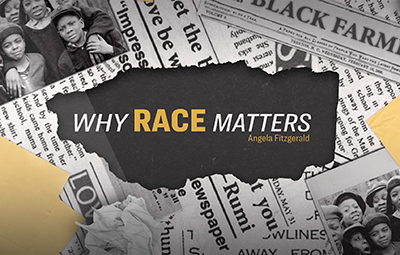
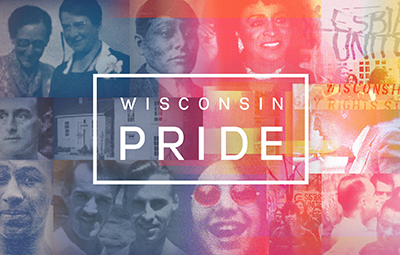


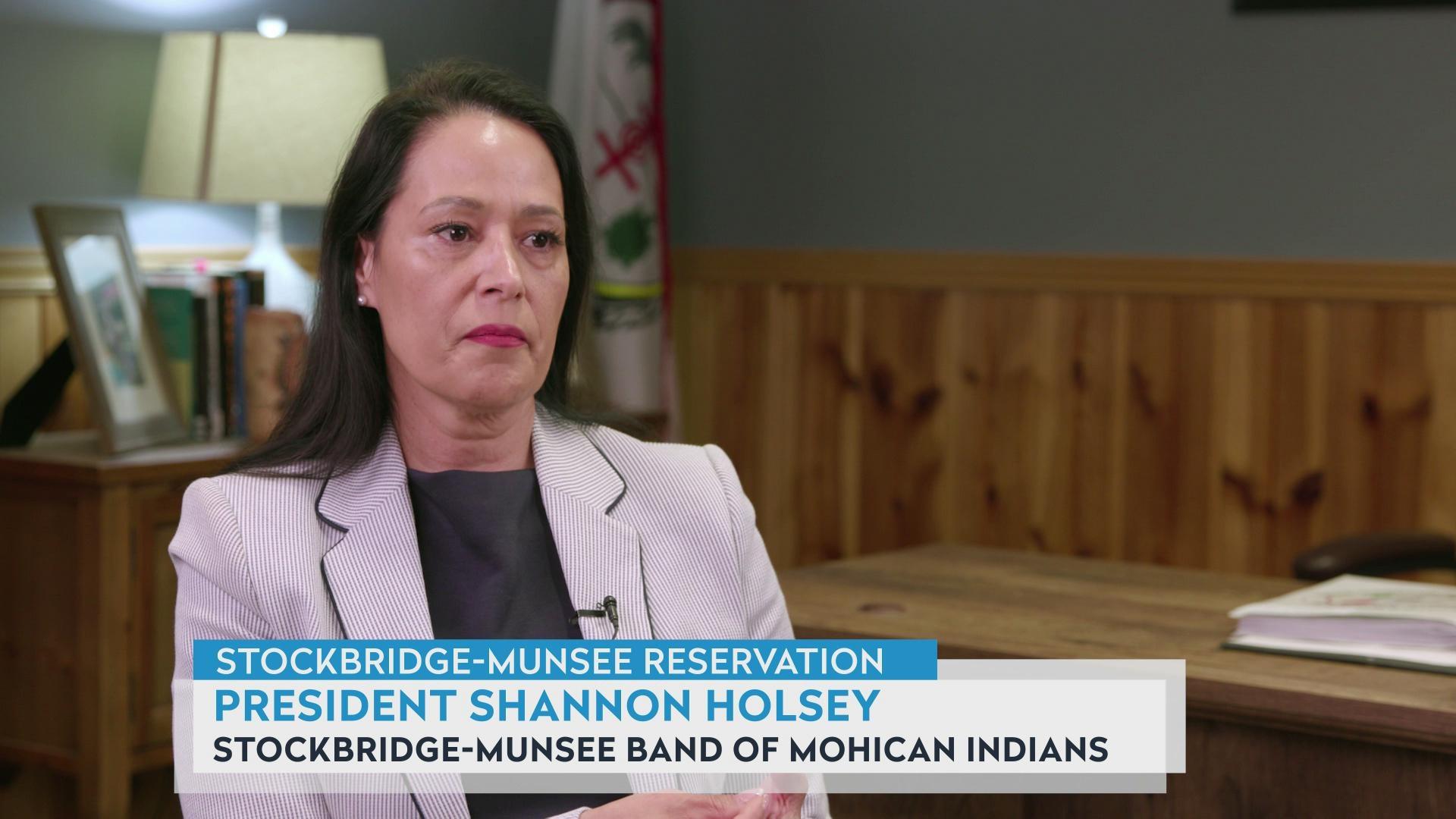

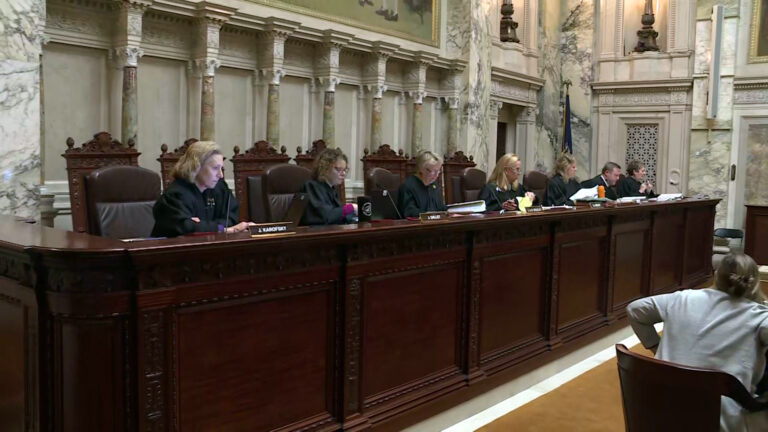
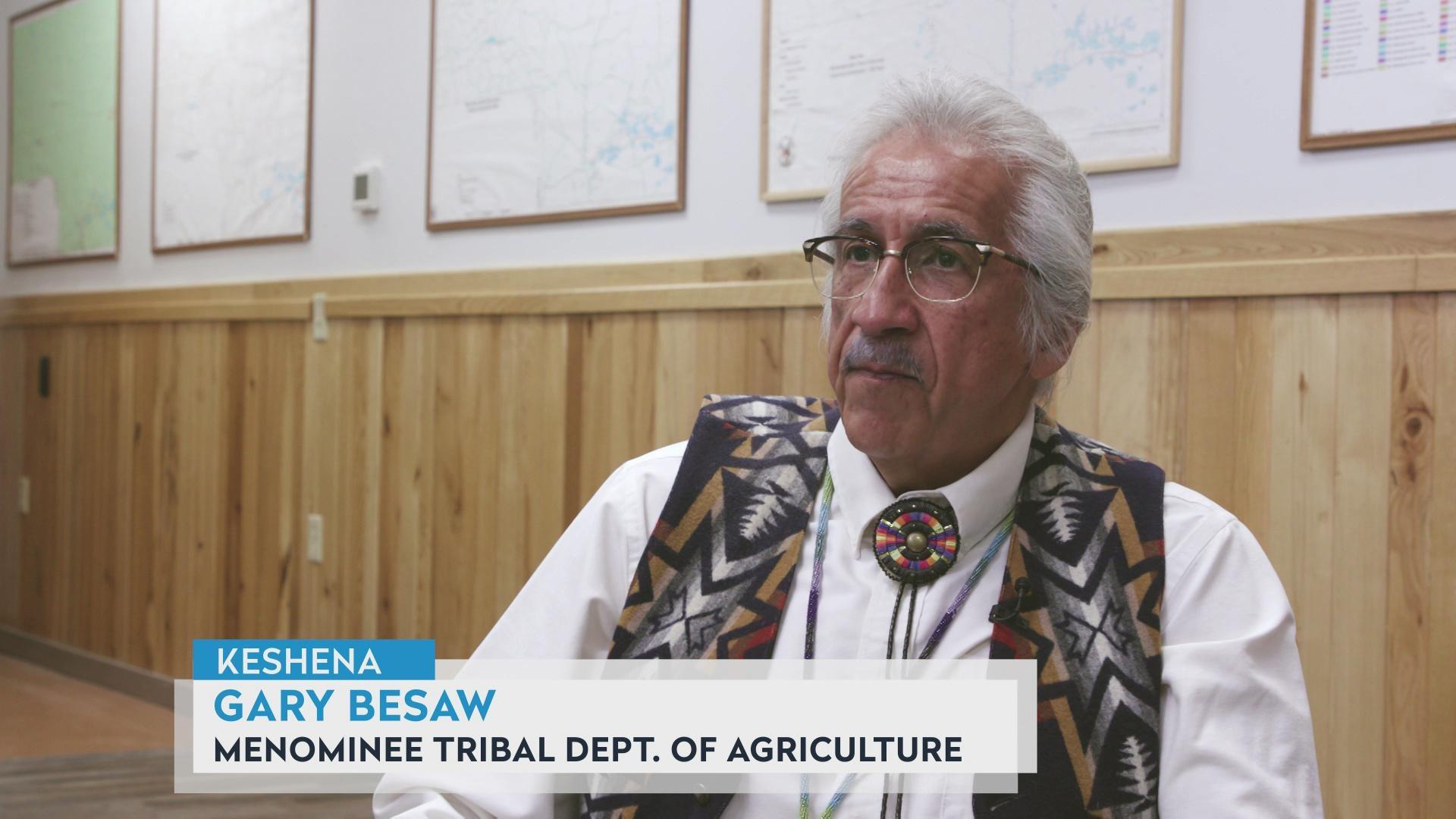
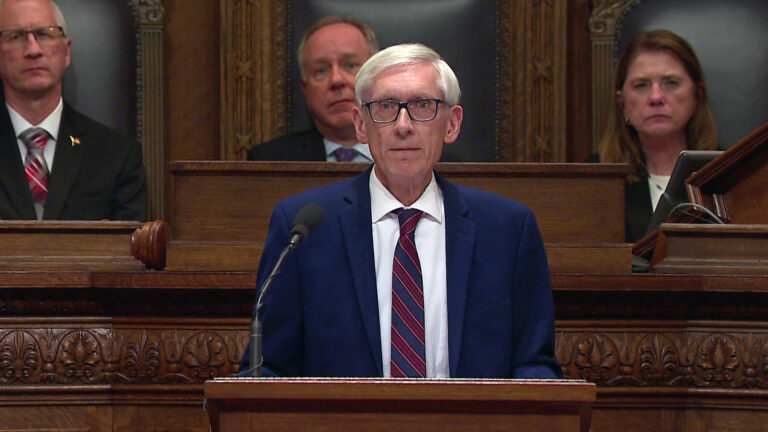
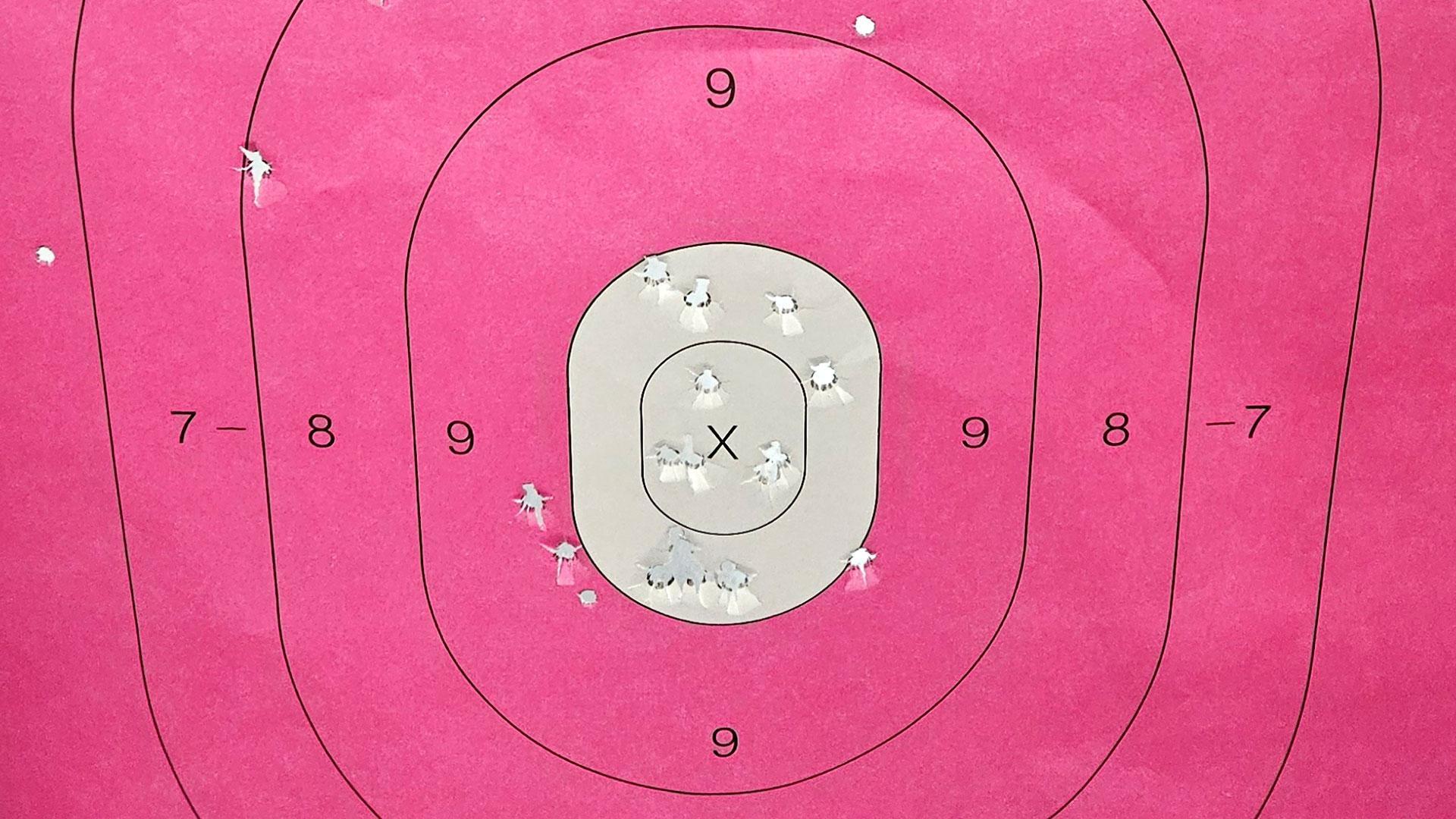
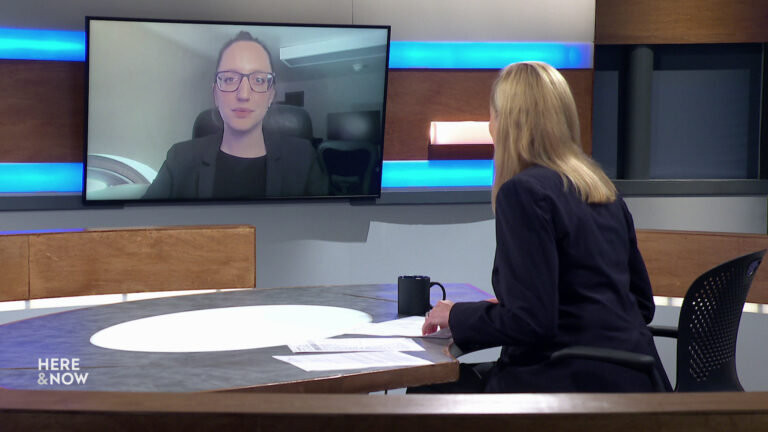
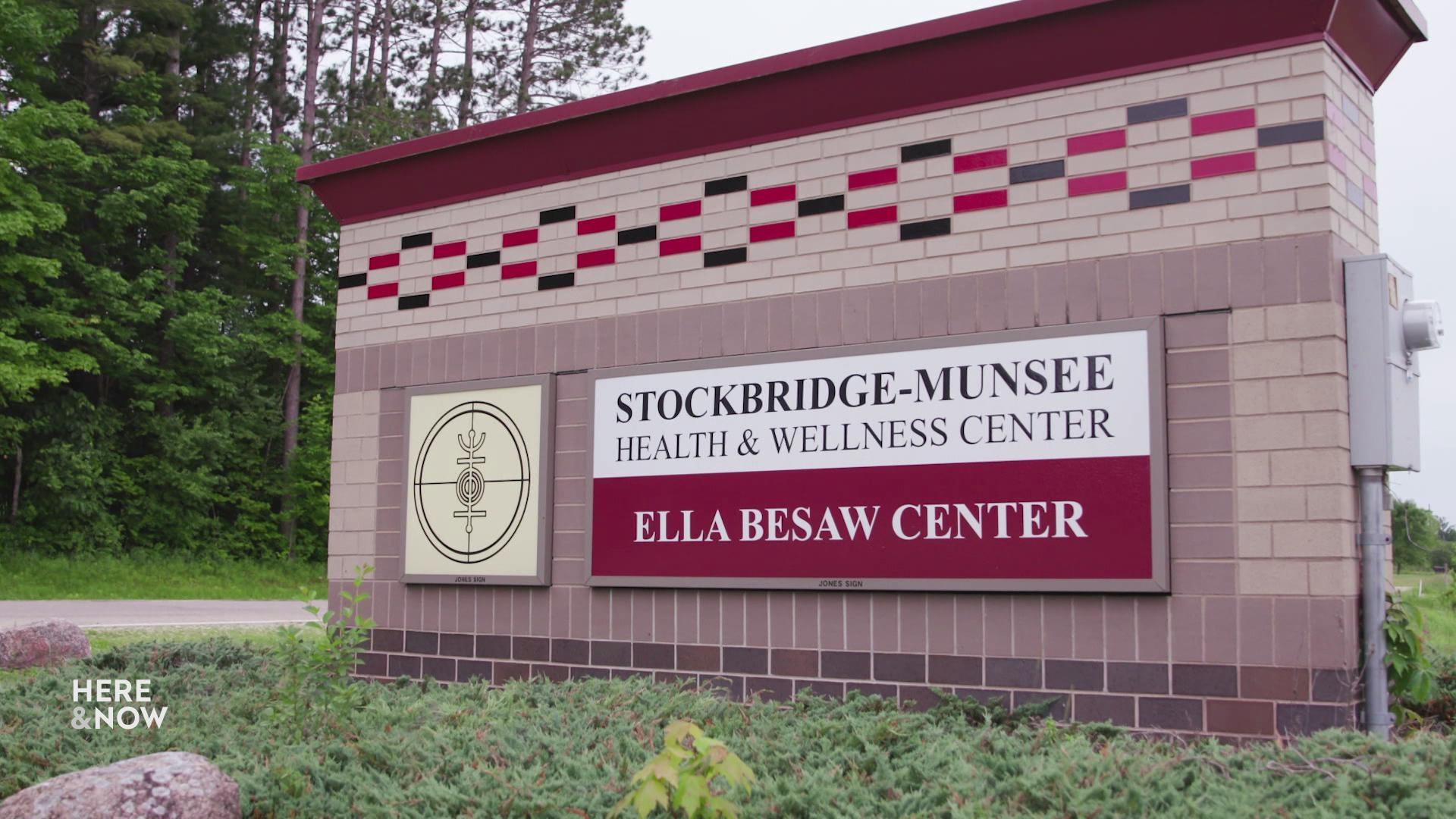
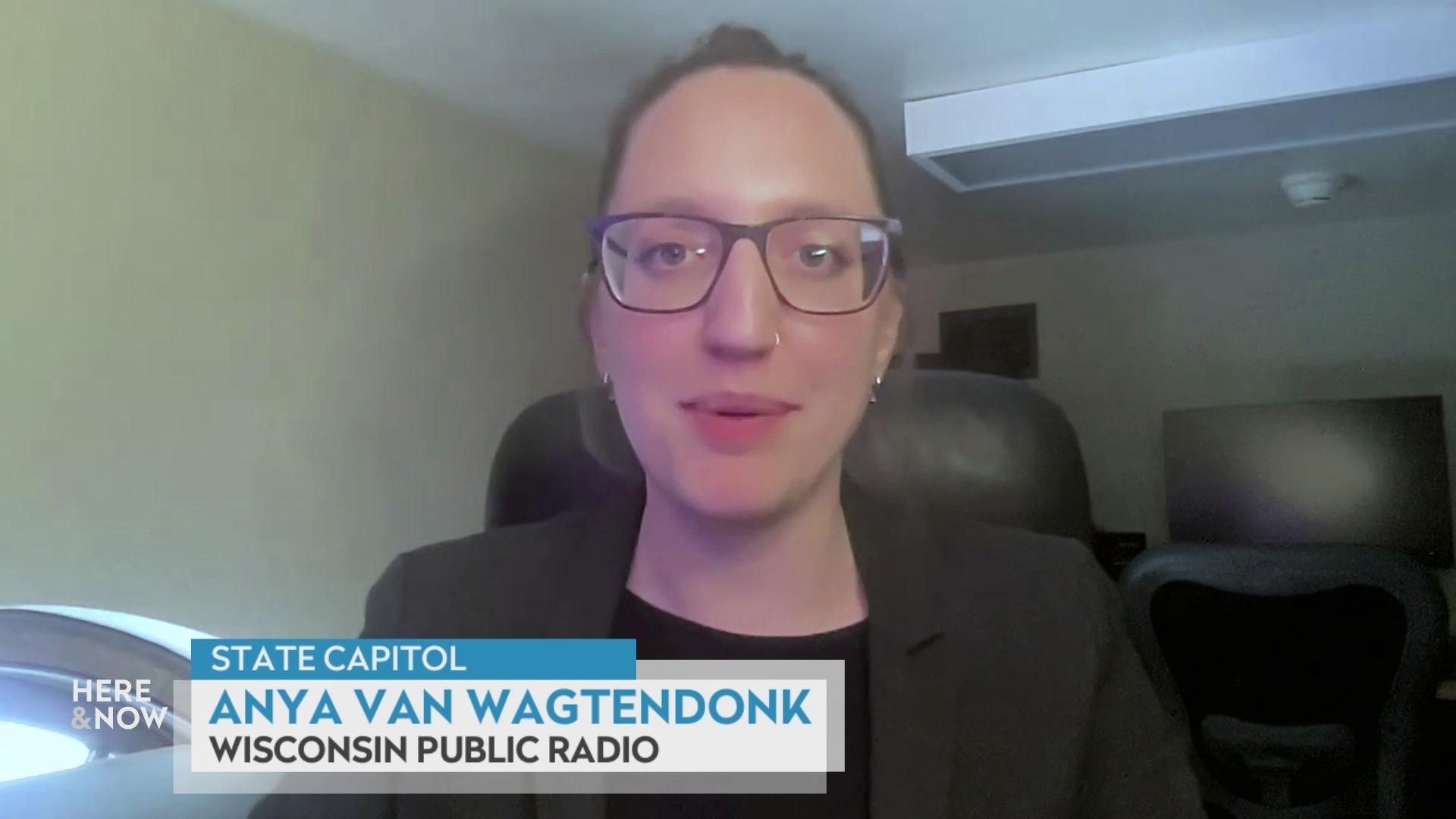
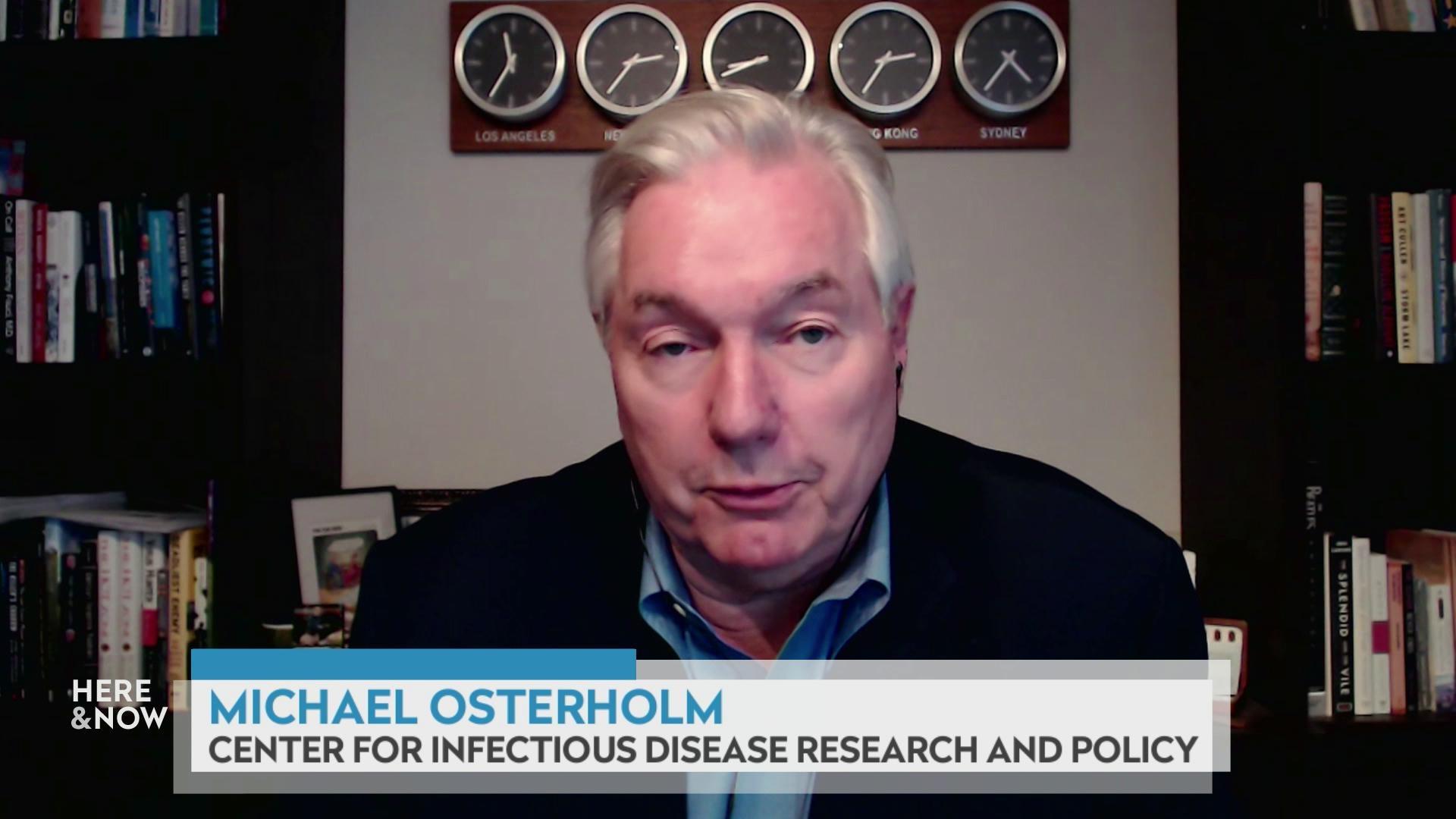
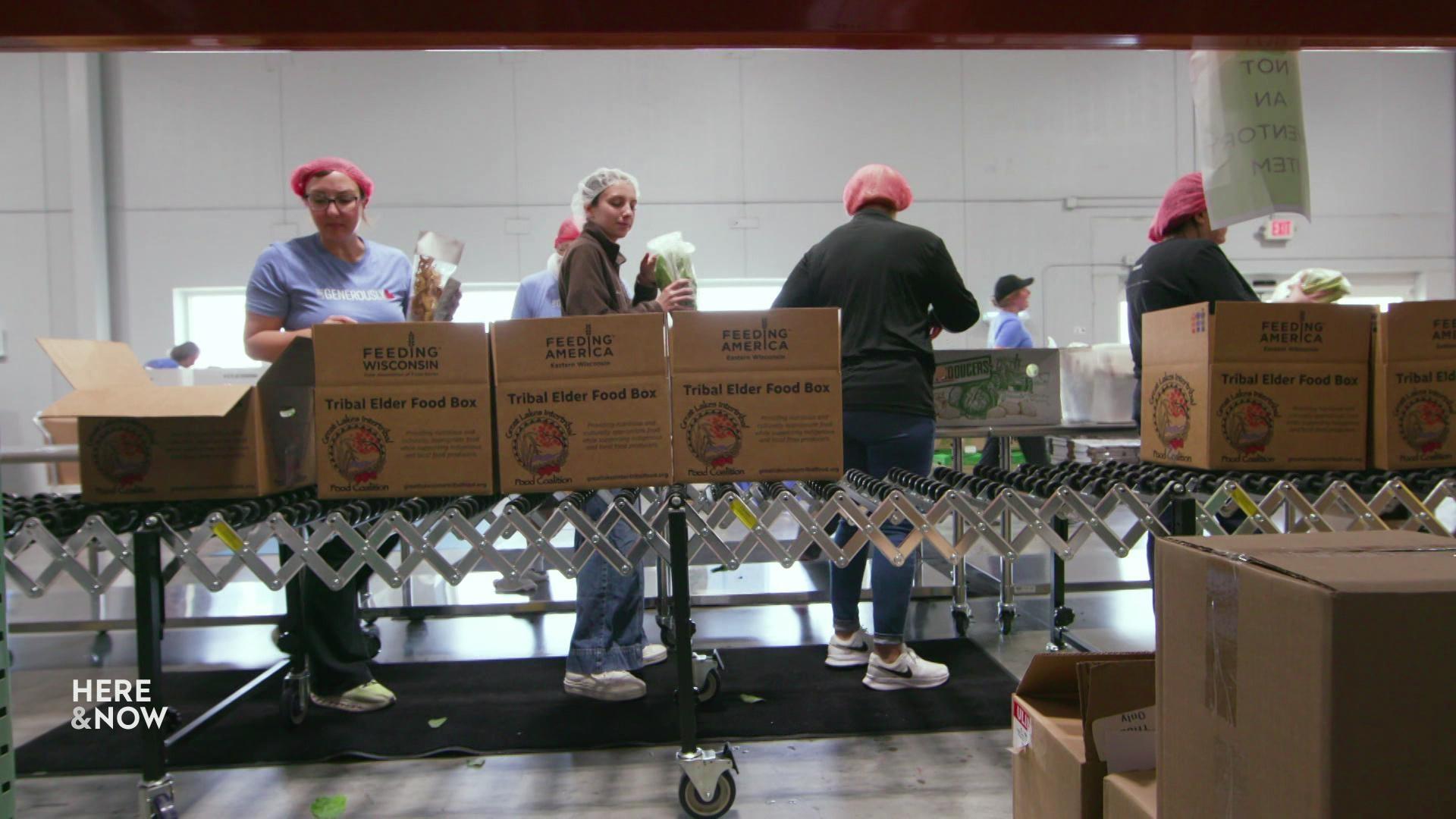
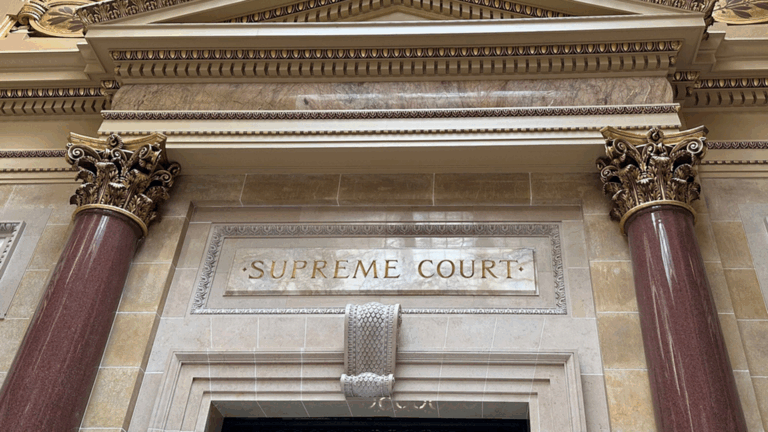

Follow Us